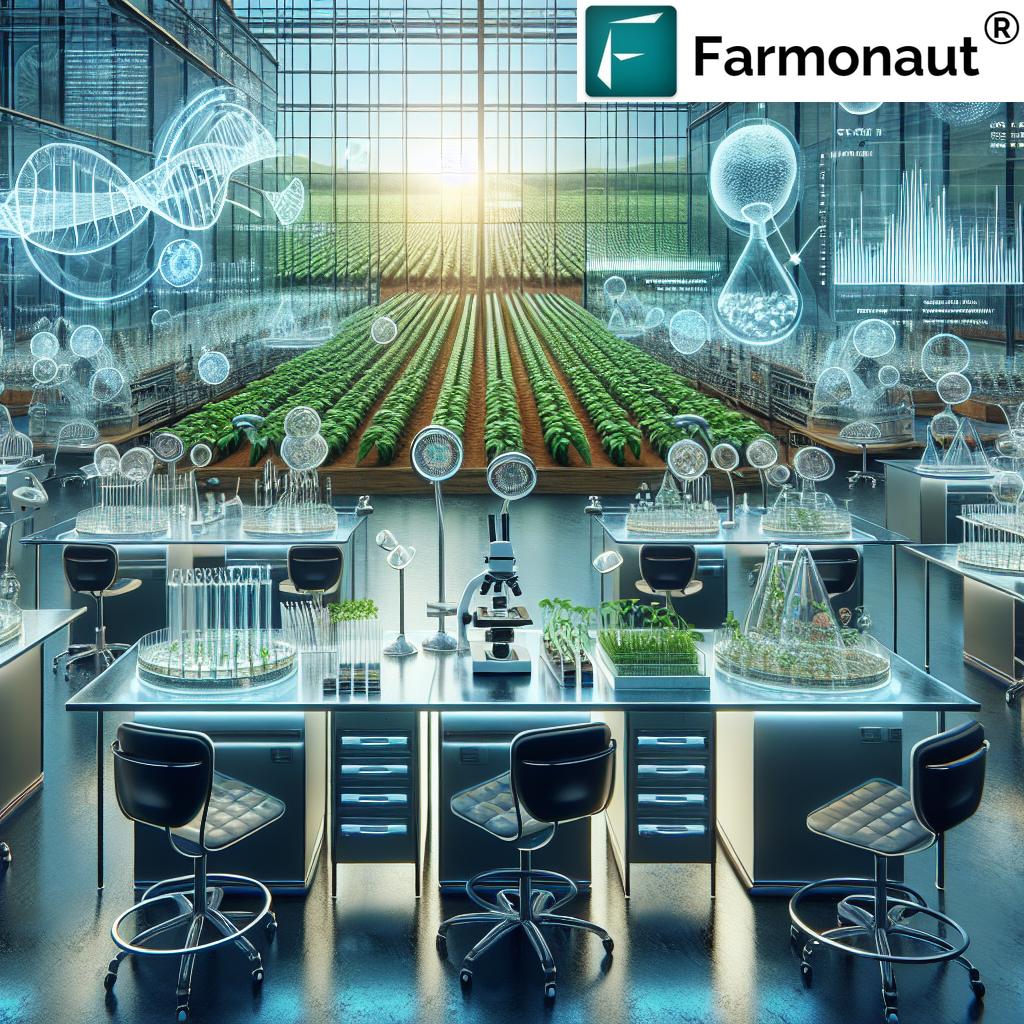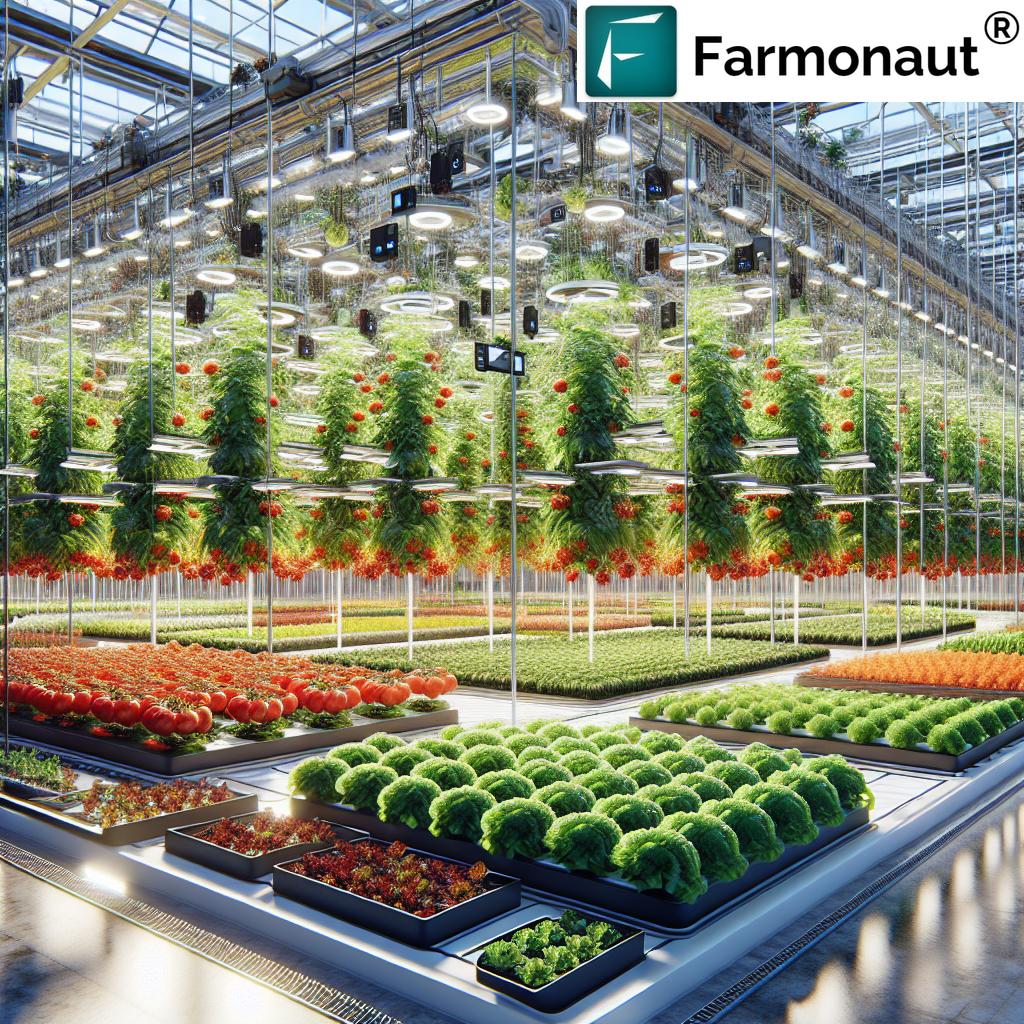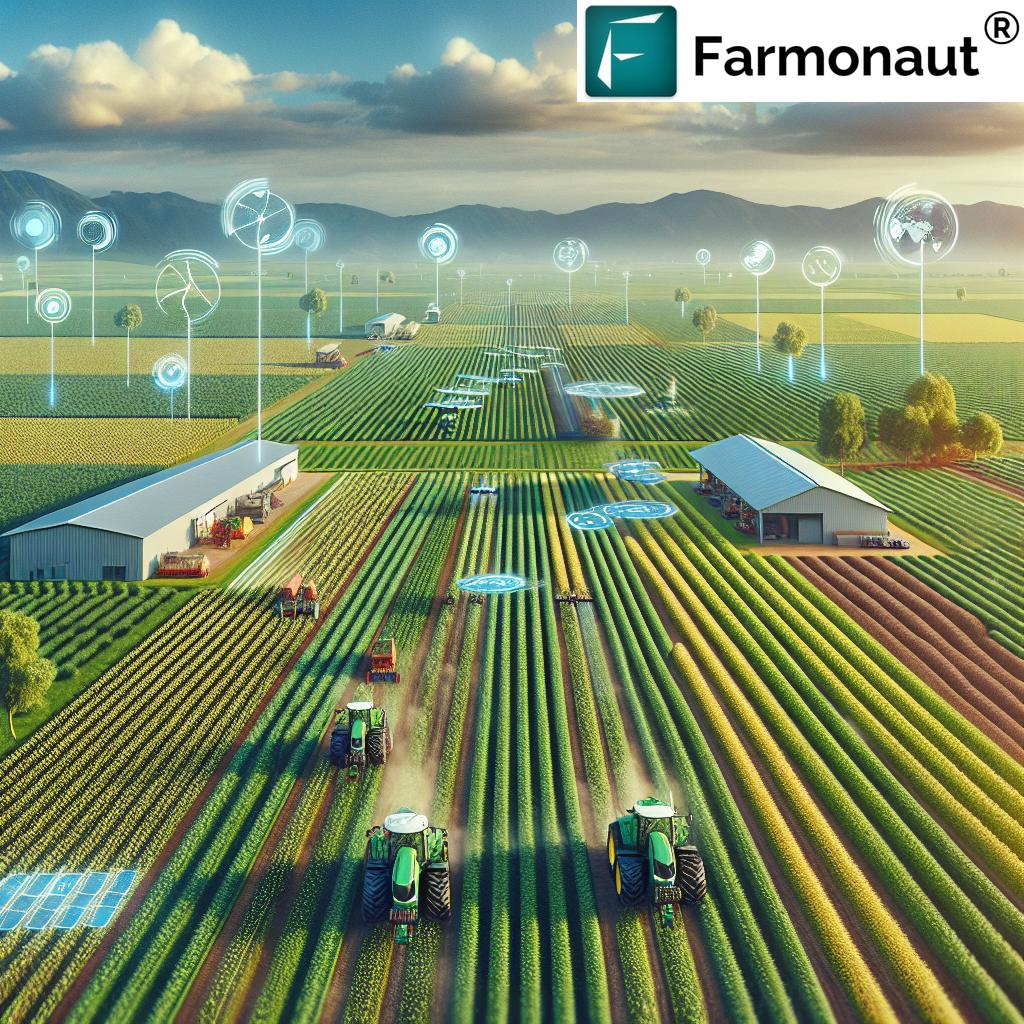Agras T50, Agras Drone: 7 Ways Agras Drones Boost Farming for 2025
Introduction: The Agras Drone Revolution in Farming (2025)
Agriculture in 2025 stands at the crossroads of innovation and necessity. Rapid advancement in agricultural technologies is more than a trend—it’s essential for addressing global food challenges, labor shortages, soil health issues, and sustainability. At the forefront of these innovations is the groundbreaking DJI Agras T50 drone, an advanced system setting new standards for farming efficiency, precision spraying, and sustainable crop management.
With growing demands from modern farms, the Agras T50 and other Agras drones revolutionize field operations through large spraying capacity, AI-driven autonomy, and integrated analytics. This comprehensive guide explores 7 critical ways Agras drones boost farming by enhancing productivity, optimizing inputs, reducing environmental impact, and shaping agriculture’s future.
Essential Agras T50 Trivia
“The Agras T50 drone can cover up to 21 hectares per hour, revolutionizing agricultural spraying speeds.”
The Agras T50 represents a significant leap in drone capabilities, especially for agriculture in 2025 and beyond. Discover how you can harness satellite-driven insights to maximize the performance of technologies like the Agras T50—try the Farmonaut App for precise crop monitoring and analytics.
Key Features of the Agras T50 and Agras Drone Systems
The DJI Agras T50 isn’t just another agricultural drone. This sophisticated system was specifically designed to meet the diverse demands of modern, large-scale farms. Let’s examine the features that make it indispensable for progressive farmers aiming to optimize yields, reduce environmental impact, and maintain sustainable operations:
- Large Spraying Capacity: Carries up to 50 liters of liquid, minimizing refill interruptions and substantially increasing productivity.
- Multi-Nozzle Precision Spraying System: Ensures uniform distribution of pesticides, fertilizers, and herbicides to every inch of your crop.
- AI & Machine Learning Autonomy: Autonomous route planning, real-time obstacle avoidance, and intelligent adaptation to varying field conditions and crop types.
- Smart Sensors & Analytics: Equipped with advanced onboard sensors—for precise health monitoring, disease detection, and data-driven spraying adjustments.
- Seeding Capabilities: Not just spraying! Automated seed broadcasting, facilitating efficient planting and reforestation initiatives.
- Rapid Mission Planning: Execute complex spraying missions swiftly, enabling consistent performance even in challenging or large fields.
- Environmental Safeguards: Minimizes chemical overuse, helps prevent runoff and soil contamination, supporting sustainable agriculture.
Feature vs. Farming Benefit: Agras Drone Table
| Drone Feature/Innovation | Farming Benefit | Est. Efficiency Gain (%) | Potential Input Reduction (%) | Sustainability Impact |
|---|---|---|---|---|
| Precision Spraying (Multi-nozzle system) | Reduces chemical wastage, targets pests/weeds precisely | +30% | Up to 25% | Decreases runoff and soil contamination |
| Automated Route Planning & AI Obstacle Avoidance | Efficient, safe navigation even in complex terrains | +20% | — | Minimizes damage to non-crop areas, promotes eco-friendliness |
| High Payload Capacity (Up to 50L) | Fewer refills, larger area covered per flight | +40% | Up to 15% | Reduced diesel/emissions, less soil compaction |
| Smart Sensing & Real-Time Analytics | Enables targeted interventions based on health & nutrient data | +25% | Up to 30% | Boosts crop resilience, early disease detection |
| Adaptive Flow Control | Adjusts spraying to match crop density/height | +12% | Up to 20% | Reduces over-application, eco-friendly |
| Swarm Operation (Multiple Drones) | Scalable spraying for largest farms | +35% | Up to 10% | Enables rapid response for large-scale challenges |
| Real-time Data Analytics (via Sensors, IoT) | Supports data-driven decisions, optimizes cost/yield | +22% | Up to 25% | Empowers sustainability and adaptive management |
7 Ways Agras Drones Boost Farming Efficiency and Sustainability
1. Precision Spraying Minimizes Input & Maximizes Impact
The Agras T50’s multi-nozzle system is a game-changer for precision agriculture. By ensuring uniform yet targeted distribution of pesticides, fertilizers, and even herbicides, the drone reduces input waste—often by up to 25%. Its advanced sensors and flow control adapt in real time to crop density and health conditions, which:
- Improves pest and weed control with less chemical use
- Reduces environmental contamination and runoff
- Protects beneficial insects and promotes pollinator safety
- Enables compliance with sustainability certifications
2. Advanced AI and Autonomous Navigation Boost Productivity
Equipped with artificial intelligence, machine learning algorithms, and sophisticated onboard sensors, the Agras drones can autonomously navigate complex terrains, avoid obstacles, and dynamically adapt spraying or seeding patterns. This capability is crucial for farmers working in:
- Hilly or undulating fields
- Orchards with irregular treescapes
- Varying crop types/plants per field
AI-powered autonomy means that drone operations are safer, more reliable, and dramatically more efficient—with many operators reporting productivity boosts of more than 20%. Complex mission planning and execution are handled rapidly, leading to faster coverage and fewer errors.
3. Large Payloads for Fewer Refills and Maximum Uptime
The Agras T50 boasts a spraying tank holding up to 50 liters of liquid—far surpassing earlier generations of drones. This high payload directly translates into:
- Fewer refill operations and less downtime in the field
- More hectares covered per hour (up to 21 per hour!)
- Reduced labor requirements and operational costs
- Less soil compaction and crop disruption, compared to heavy ground machinery
For farms scaling up or looking to address labor shortages, the Agras T50 is an indispensable tool for maximized productivity.
4. Crop Health Monitoring & Data-Driven Farming
Integrated smart sensors and real-time data analytics are among the key features of the Agras T50. These innovations empower farmers to:
- Monitor crop health using multispectral imaging (detecting stress, disease, or nutrient deficiencies early)
- Adjust spraying and nutrients based on actual conditions—not just a fixed schedule
- Collect deep data across all fields for centralized analytics
- Enhance yield quality and resilience in 2025’s climate-impacted environment
The ability to generate crop health maps and guide timely interventions fundamentally transforms farm decision-making.
“Agras drones utilize 360° obstacle avoidance, analyzing surroundings with up to 120,000 data points per second.”
5. Seamless Seeding & Diverse Application Capacity
The Agras T50 is not limited to liquid applications—it also supports autonomous seeding and solid particle spreading. This versatility allows for:
- Efficient cover crop planting (for soil regeneration and carbon capture initiatives)
- Targeted seed dispersal in reforestation or habitat restoration projects
- Variable application of micro-nutrients or granular pesticides, all with precise control
This flexibility is vital for farms looking to diversify operations, tackle environmental challenges, or engage in sustainable land management.
6. Enabling Sustainable Farm Management & Carbon Footprinting
The ultra-precise application of crop inputs and the reduction in machinery-induced emissions contribute to:
- Lower carbon footprints for agriculture
- Less soil compaction and erosion
- Improved biodiversity and ecological balance around fields
- Compliance with increasing global requirements for sustainable operations
Farmonaut’s Carbon Footprinting Platform provides satellite-based tracking of field emissions, enabling data-backed sustainability and reporting for farms making aggressive progress towards green agriculture.
7. Improved Farmer Safety, Lower Labor Demands, and Cost Efficiencies
Automated drone operations reduce human exposure to hazardous agrochemicals. AI-powered drones like the Agras T50 also mean:
- Less manual spraying in the field
- Reduction in labor—vital for addressing labor shortages and rising rural wages
- Consistent results with lower operational costs and improved safety
By freeing up human time while boosting output, these drones are an integral part of future-ready farm workflows.
For a deeper look at how satellite imagery and advanced analytics can empower drone-powered agriculture, discover Farmonaut’s Crop Health Monitoring Solution, which delivers real-time, remote crop assessment for farms of every scale.
Farmonaut’s Satellite Technology: Empowering Modern Farms
At Farmonaut, we believe the real power of data-driven agriculture lies in seamless integration—combining technologies like the Agras T50 with satellite-based monitoring, AI advisories, and blockchain for traceability. Here’s how our platform amplifies the value of drones for agriculture:
- Satellite-Based Crop Monitoring: Multispectral images reveal vegetation health, soil conditions, and field variability, strengthening precision spraying and mission planning.
-
Jeevn AI Advisory: Real-time insights—such as tailored weather forecasts—guide farmers in optimizing drone operations according to specific field and crop conditions.
- Blockchain Traceability: Document every stage of farm production, from drone spraying to harvest, with Farmonaut’s Traceability solution. This ensures transparency, consumer trust, and supply chain integrity.
- Environmental Impact Monitoring: Monitor and minimize farm carbon footprints while adopting sustainable best practices.
- Automated Resource and Fleet Management: Track farm equipment and vehicle usage with Farmonaut’s Fleet Management Tool—perfect for maximizing the impact of drone fleets.
- Large-Scale Farm and Plantation Management: Coordinate drone missions and satellite monitoring across expansive operations using our Large Scale Farm Management Dashboard.
Developers and agriculture tech firms seeking to leverage advanced insights can integrate our technologies directly via Farmonaut’s API and API Developer Docs. This expands precision farming capabilities, fosters automation, and streamlines resource management at every step.
Connecting Agras Drones and Satellite Data for Smart Agriculture
In 2025, the most advanced farms are those that combine the strengths of aerial robotics with satellite intelligence. Pairing Agras drones with platforms like Farmonaut’s enables a holistic data-driven approach:
- Use satellite-derived NDVI (Normalized Difference Vegetation Index) to identify stressed areas, plan where drone application will be most efficient.
- Leverage AI advisories to schedule spraying missions during optimal weather and crop conditions.
- Track the impact of drone inputs over time for continuous improvement in yields and resilience.
All of this helps facilitate the shift towards smart, connected, and sustainable farming practices.
For those seeking better financial accessibility, Farmonaut’s Crop Loan and Insurance Verification uses satellite data to verify crop status for loans or insurance, streamlining processes and reducing risk for both farmers and lenders.
Future Trends in Agras Drones & Sustainable Agriculture (2025+)
Looking ahead, the capabilities pioneered by the Agras T50 are just the beginning of a technological transformation in agriculture:
- IoT & Swarm Coordination: Real-time coordination between multiple drones and connected ground equipment will allow for autonomous task distribution on the largest farms.
- Predictive Analytics Integration: Satellite-and drone-acquired data will merge with cloud-based analytic engines for predictive pest, disease, and yield modeling.
- Expanded Use Cases: Beyond crop spraying, drones like the Agras T50 are seeing use in targeted forestry management, wildfire detection, and even rapid environmental assessment.
- Enhanced Regulatory Compliance: With increasing global scrutiny on sustainability and food traceability, combining drone logs with satellite verification will become standard for export and compliance.
Smart farming will be less about single machines, and more about ecosystems of devices—all coordinated by real-time, AI-driven insight platforms.
FAQ: Agras T50 & Advanced Drone Farming (2025)
What makes the Agras T50 different from other agricultural drones?
The Agras T50 stands out for its large 50-liter payload, advanced AI-driven navigation, multi-nozzle precision spraying, and real-time data analytics, making it highly suitable for large, variable fields and sustainable operations.
How does precision spraying work?
Utilizing multispectral data and smart sensors, precision spraying means chemicals are applied only where needed—in the right amount and at the right time—maximizing output while reducing costs and environmental harm.
Can Agras drones help with labor shortages?
Yes. Agras drones automate spraying, seeding, and monitoring tasks, reducing manual labor needs and improving farm safety by limiting human exposure to agrochemicals.
How do satellite-based solutions complement drones?
Satellite monitoring identifies crop health trends across wide areas. By integrating this with drone operations, farms can target problem areas, track input efficiency, and manage large operations with less oversight.
Is Farmonaut a drone manufacturer?
No, Farmonaut is a satellite technology company—we provide advanced satellite-driven solutions, analytics, AI-driven advisories, blockchain traceability, and resource management for agriculture, mining, infrastructure, and more. We empower modern farms to make the most of technologies like the Agras T50.
Can drones help with carbon footprint reduction and sustainable certifications?
Absolutely. The precise input application and reduced fieldwork emissions from drone operations support sustainability goals. Coupled with platforms like Farmonaut for carbon footprinting and compliance documentation, it’s easy to report and improve environmental performance.
Where can I find more technical resources for integrating drone and satellite technology?
Explore our developer documentation at Farmonaut’s API Docs and learn to integrate advanced data flows for your agri-tech operations.
Conclusion: Building Resilient Agricultural Ecosystems for the Future
As we head deeper into 2025, the DJI Agras T50 and Agras drones are not simply novel technologies—they’re foundational pillars for the future of farming. These systems represent a significant leap towards sustainable, efficient, and resilient agricultural management worldwide. With the integration of drone and satellite-driven intelligence, farmers can:
- Boost productivity and profits
- Conserve inputs and reduce environmental impact
- Meet increasing demands for food and sustainability
- Stay adaptive to climate, labor, and regulatory challenges
We at Farmonaut remain committed to providing the data, tools, and insights that empower agriculture to thrive in a rapidly changing world.
Farmonaut Subscription Plans
Access the most advanced satellite monitoring, AI advisory, blockchain traceability, fleet management, and sustainability tools on the market—all affordable, scalable, and tailored for your needs:
Embrace the next generation of farming with Agras drones and satellite technology—productivity, sustainability, and data-driven performance await!













